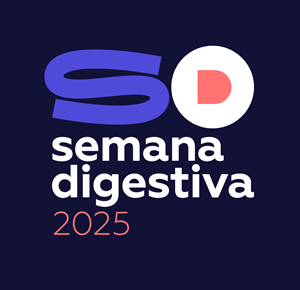Methods: Prospective, observational, single-center study, including patients with UC who underwent colonoscopy or treatment in the Day Hospital between September/2020-January/2021. Data were collected through questionnaires consisting of validated scales for pain, anxiety, and depression [Hospital Anxiety and Depression Scale (HADS)], quality of life [Inflammatory Bowel Disease Questionnaire (IBDQ)], fatigue [Functional Assessment of Chronic Illness Therapy Fatigue Scale (FACIT-F)], and medical record consultation. Definitions: active disease - fecal calprotectin>150 μg/g; high pain frequency - score <4 on question 13 of the IBDQ.
Results: A total of 38 patients were included [female: 56.2%, median age: 45 (39-48) years]. The majority [57.9%] had extensive colitis, 81.6% were on biologic therapy and 73.7% were in clinical remission. The prevalence of abdominal pain was 73.7%, being significantly higher in individuals with active disease (92.9% vs. 6 2.5%, p<0.05). Quality of life, assessed by the median IBDQ, was lower in patients with high abdominal pain frequency (189 vs. 149, p<0.01). The intensity (r: -0.47; p<0.01) and frequency (r: -0.77; p<0.01) of abdominal pain correlated moderately and strongly with quality of life, respectively. The presence and high frequency of abdominal pain were not significantly associated with fatigue or mood disorders.
Conclusions: Abdominal pain is present in most UC patients and is associated with disease activity. Abdominal pain significantly affects patients' quality of life and is independent of mood disturbances or fatigue. Our data favors the inclusion of abdominal pain in UC patient reported outcomes.

 Semana Digestiva 2025 | Todos os direitos reservados
Semana Digestiva 2025 | Todos os direitos reservados